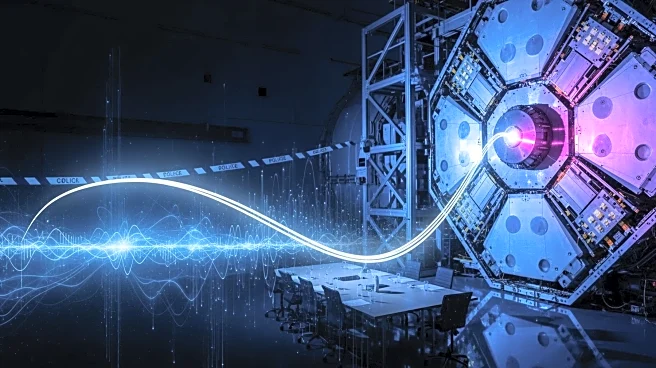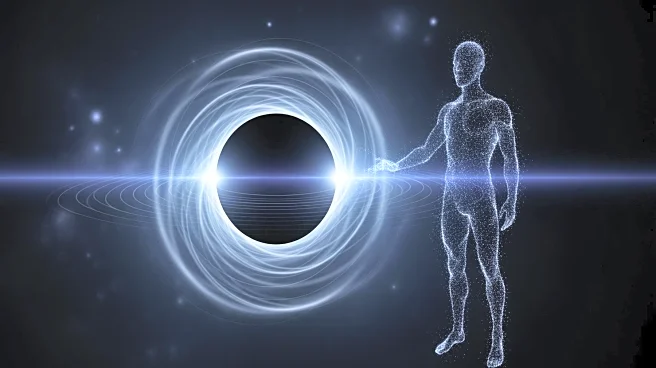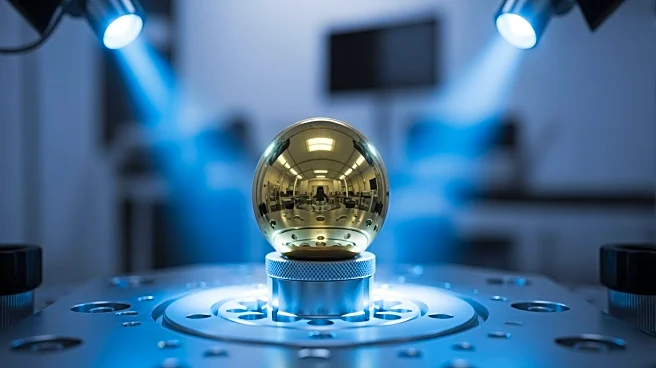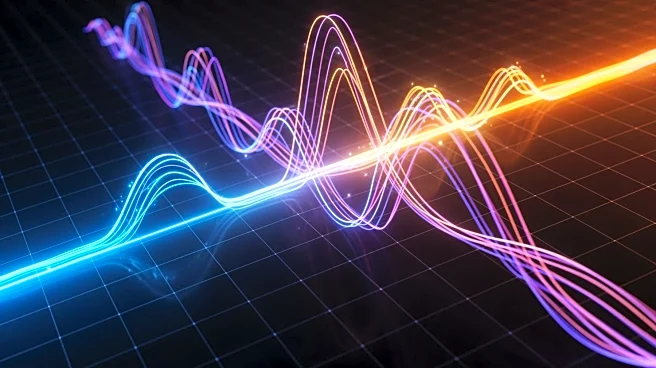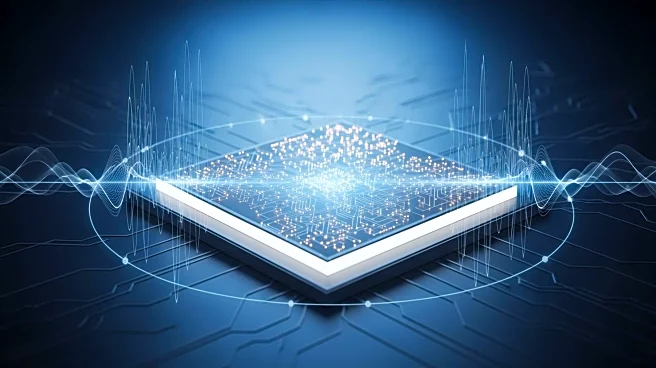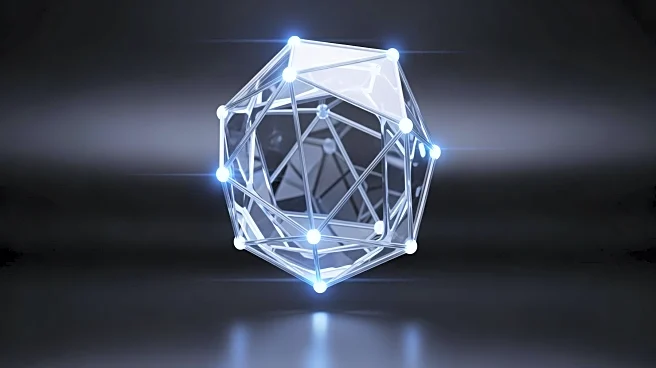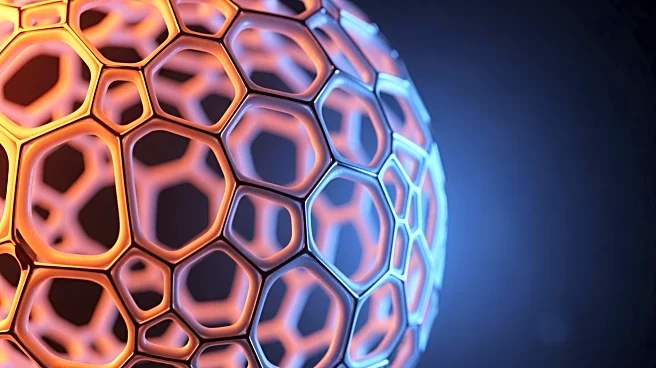What's Happening?
The Muon g-2 Collaboration at the Fermi National Accelerator Laboratory has achieved unprecedented precision in measuring the muon's magnetic moment, accurate to 127 parts per billion. This result, published
in Physical Review Letters, marks the culmination of 30 years of experimental efforts. While the experimentalists celebrate this achievement, theorists face challenges as the results align closely with the Standard Model of particle physics, leaving little room for new physics theories such as supersymmetry or extensions involving axions, dark matter, or extra dimensions.
Why It's Important?
The precise measurement of the muon's magnetic moment is a significant milestone in experimental physics, showcasing the capabilities of modern scientific research. However, the close alignment with the Standard Model presents a challenge for theorists seeking evidence of new physics. The results underscore the need for continued exploration and refinement of theoretical models to account for potential discrepancies. This development has implications for the future of particle physics research, as scientists strive to uncover new phenomena that could expand our understanding of the universe.
What's Next?
The Muon g-2 Theory Initiative will continue to refine theoretical predictions, focusing on reducing uncertainties related to virtual particles and hadronic vacuum polarization contributions. Future experiments may explore the tau lepton, a heavier cousin of the electron, although its short decay lifetime presents significant challenges. The ongoing collaboration between experimentalists and theorists will be crucial in advancing the field of particle physics and potentially discovering new aspects of the universe.
